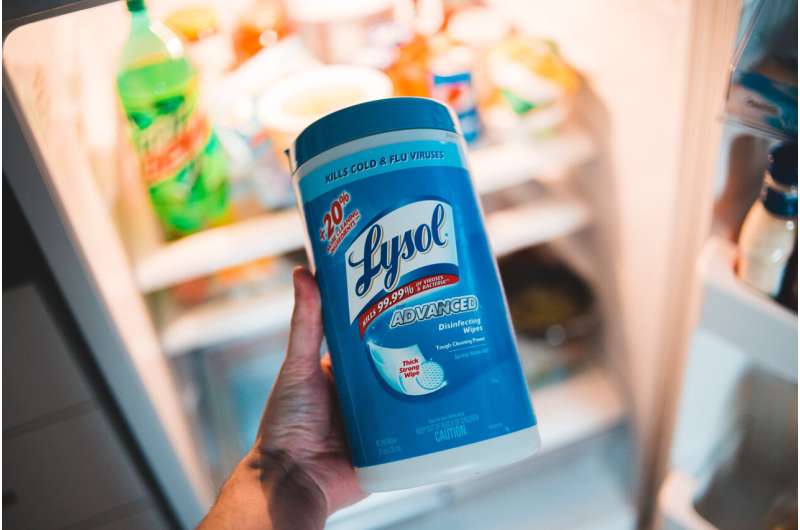50% overall dip in purchases: Household spending swings dramatically in reaction to coronavirus

As COVID-19 cases climbed across the United States, households in affected areas began to change their shopping patterns. In recent weeks, many dramatically increased their purchases—clearing out store shelves and straining supply lines.
But those changes did not sweep the country in a single, uniform movement. According to new research co-authored by a University of Chicago economist, stay-at-home orders spurred distinctive spending across gender and age demographics, income groups—and even political party affiliation.
"These spending habits tell us more about how and when U.S. households reacted to the growing crisis," said Asst. Prof. Constantine Yannelis of the Booth School of Business, an expert on household and public finance. "We find a sharp increase in spending in early March, consistent with reports of stockpiling. But other differences are more surprising."
Relying on transaction-level data for 4,735 individuals through the first three months of 2020, the working paper found that total household spending has declined by about 50%—with sharp spending drops in restaurants, retail, air travel and public transport in mid- to late March outweighing an earlier spike in purchases of groceries and household goods.
That earlier increase occurred between Feb. 26 and March 11, with spending for groceries and household goods increasing by half in the aggregate. Yannelis and his fellow researchers also identified specific demographic trends: families with children stockpiled more, younger households stockpiled later and men stockpiled slightly less than women.
"Liquidity—cash available on hand—seems to play a very important role," Yannelis said. "Perhaps surprisingly, income does not. And while we do find differences among partisanship, they are not that large given media reports and polling, and we actually find similar overall spending patterns between Republicans and Democrats over the past few weeks."
Republicans spent more in retail shops and at restaurants in late March, but also stockpiled more than Democrats, purchasing more on groceries in late February and early March.
The primary data for the paper was collected by a financial tech non-profit that offered incentives for households to grow their savings. That information was linked to individual checking, savings and credit card accounts, but allowed the authors to link those transactions to demographic and geographic information, such as zip codes. Many users of the non-profit also self-reported their age, education and family size.
All data used in the paper was anonymized.
Yannelis produced the paper with Scott R. Baker of Northwestern University, R.A. Farrokhnia and Michaela Pagel of Columbia Business School and Steffen Meyer of the University of Southern Denmark.
Provided by University of Chicago



















